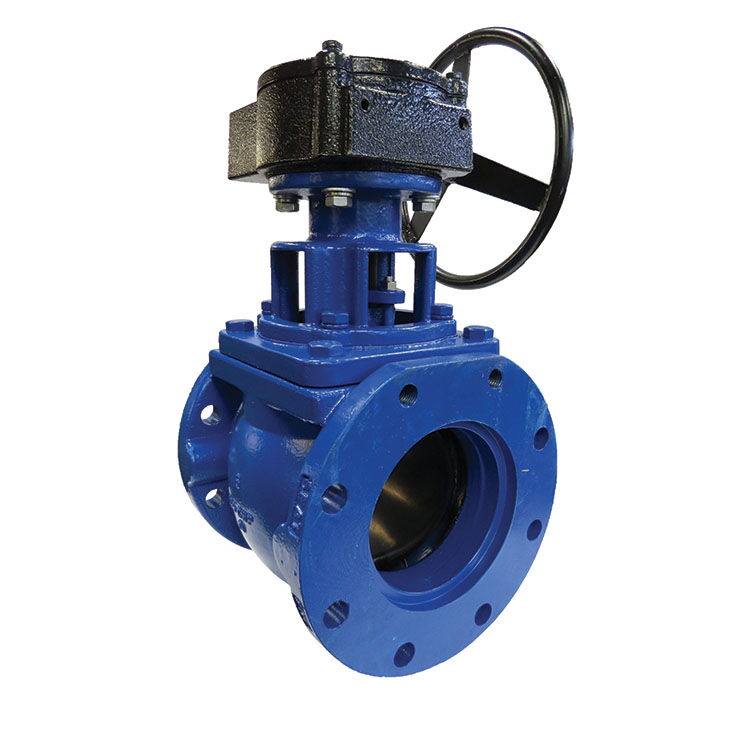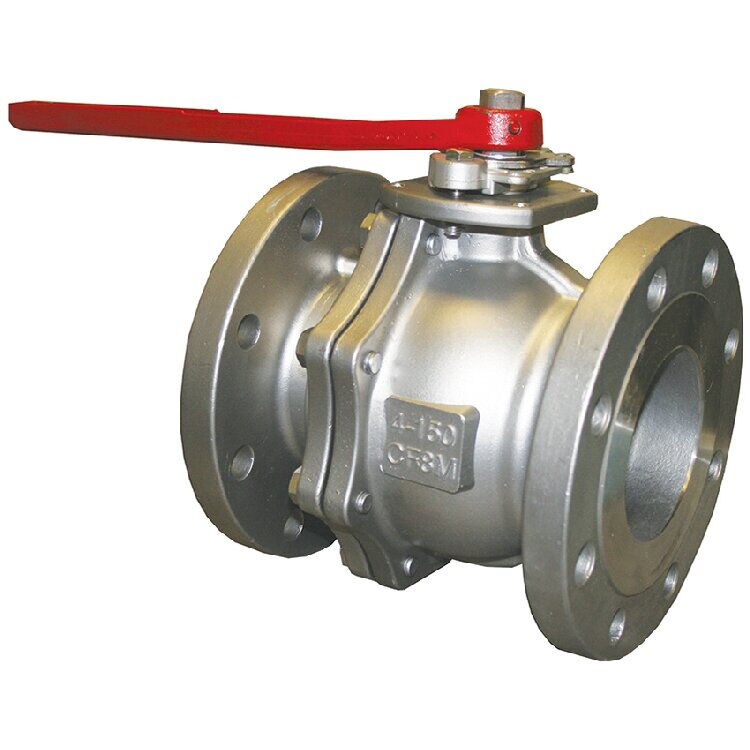Valves are fundamental components in industrial and commercial piping systems, serving the critical function of regulating, directing, or controlling the flow of liquids and gases. Among the various types of valves, plug valves and ball valves are widely used due to their quarter-turn operation, durability, and versatility. While both types operate on a similar principle of rotation to control flow, their design, functionality, and applications differ significantly.
Selecting the right valve for a specific system or process is crucial because it affects operational efficiency, maintenance requirements, and overall system performance. Understanding the distinctions between plug valves and ball valves, including their types, structure, advantages, and limitations, is essential for engineers, plant managers, and decision-makers in industries such as oil and gas, chemical processing, water treatment, and manufacturing.
This article delves deep into plug valves and ball valves, providing a detailed comparison to help determine which valve type best suits your application.
A plug valve is a quarter-turn valve that uses a cylindrical or tapered plug to regulate fluid flow. The plug rotates within the valve body, allowing the flow to pass when the hollow section of the plug aligns with the pipeline and blocking the flow when rotated 90 degrees. Plug valves are prized for their simple design, tight shutoff capabilities, and ability to handle a range of liquids and gases.
They are commonly applied in:
Water and wastewater treatment systems
Oil and gas pipelines
Chemical processing industries
Pulp and paper manufacturing
Plug valves offer versatility, ease of operation, and reliable sealing, making them suitable for low to medium-pressure systems.

Lubricated plug valves typically consist of a metal plug (often stainless steel or other corrosion-resistant materials) and a chamber filled with a lubricant. This lubrication reduces friction between the plug and the valve body, facilitating smooth operation and preventing wear.
Applications:
High-temperature environments
Large-diameter pipelines
Systems requiring frequent valve operation
Non-lubricated plug valves use a non-metallic sleeve, typically made of elastomeric materials, placed between the plug and the body. This design minimizes friction and eliminates the need for continuous lubrication. However, these valves are generally not suitable for high-temperature applications due to the limitations of the sleeve material.
Applications:
Low-temperature systems
Low to medium-pressure fluid control
Applications where maintenance access is limited
Eccentric plug valves have a unique design where the plug is slightly offset from the pipeline axis. The off-center rotation minimizes contact between the plug and the seat, reducing wear, friction, and the risk of clogging. These valves are ideal for handling abrasive media, slurries, and fluids that carry particulate matter.
Applications:
Slurry pipelines
Abrasive or viscous fluids
Industrial processes prone to clogging
A ball valve is another type of quarter-turn valve, but it uses a spherical ball with a central bore (hole) to control the flow of liquids or gases. When the bore aligns with the pipeline, fluid flows freely; when rotated 90 degrees, the flow is blocked. Ball valves are known for:
Rapid operation
Durable construction
High-performance sealing
Long service life
They are widely used in:
Heating and cooling systems
Industrial water distribution
Oil and gas pipelines
Chemical processing

In floating ball valves, the ball is held in place by the fluid pressure against the valve seats. This design ensures tight sealing because the medium itself helps press the ball against the seats. Floating ball valves are suitable for medium-pressure and medium-temperature systems and offer reliable sealing for bi-directional flow.
Applications:
General industrial piping
Water and wastewater systems
Medium-pressure process lines
Trunnion ball valves feature bearings (trunnions) to support the ball, controlling its movement and handling the ball’s weight. This design allows the valve to withstand high-pressure and high-temperature conditions, making it ideal for heavy-duty applications.
Applications:
High-pressure pipelines
Oil and gas production
Refinery processes
V-port ball valves have a V-shaped bore within the ball. This configuration enables precise flow control, making it suitable for throttling applications. These valves provide excellent accuracy and are often used in chemical processing and industrial processes requiring precise flow regulation.
Applications:
Chemical dosing
Flow regulation in industrial systems
Industrial process control
Choosing between a plug valve and a ball valve depends on various factors, including design, operation, sealing performance, and application requirements. Below is a detailed comparison.
Plug Valves:
Most plug valves are full bore, allowing unrestricted flow.
Types include lubricated, non-lubricated, and eccentric plug valves.
Lubricated plug valves are ideal for high-temperature and high-torque applications.
Ball Valves:
Ball valves come in full bore and reduced bore designs.
They can be floating or trunnion-mounted.
Floating ball valves are suitable for general bi-directional shut-off.
Trunnion-mounted ball valves are heavy-duty and ideal for high-pressure pipelines.
Plug Valves:
Use a cylindrical or tapered plug with one or more passageways.
A 90-degree rotation opens or closes the flow path.
Compact and simple design suitable for medium to low-pressure applications.
Ball Valves:
Use a spherical ball with a bore channel.
When the bore aligns with the pipeline, flow occurs; when perpendicular, flow stops.
Can handle high pressure and temperature variations more efficiently than plug valves.
Plug Valves:
Typically allow a straight, unobstructed flow path.
Full-port designs minimize pressure drop.
Suitable for applications requiring minimal turbulence or backpressure.
Ball Valves:
Full bore ball valves also provide minimal pressure drop.
Reduced bore valves slightly restrict flow but are suitable for control applications.
V-port ball valves offer precise throttling and flow control.
Plug Valves:
Simple quarter-turn operation
Non-lubricated plug valves require less maintenance
Lubricated plug valves may need periodic replenishment of lubricant
Ball Valves:
Smooth quarter-turn operation
Minimal maintenance for floating or trunnion designs
Can withstand high operational cycles and extreme conditions
Plug Valves:
Provide tight shutoff, particularly in lubricated designs
Eccentric plug valves reduce wear and debris accumulation
Ball Valves:
Excellent sealing with minimal leakage
Trunnion and V-port designs maintain performance under high-pressure and high-temperature conditions
Plug Valves:
Water treatment
Oil and gas pipelines
Chemical processing
Pulp and paper industries
Slurries and abrasive media (eccentric plug valves)
Ball Valves:
Industrial water distribution
Heating, cooling, and HVAC systems
High-pressure oil and gas pipelines
Chemical dosing and flow regulation
Industrial process control requiring precise flow
Simple design, easy to operate
Tight shutoff capabilities
Versatile in handling different media
Low maintenance (especially non-lubricated designs)
Limited high-pressure applications (except lubricated or specialized designs)
Non-lubricated valves cannot be used in high-temperature environments
Larger valves may require higher operating torque
Fast and reliable operation
Durable and long-lasting
Suitable for high-pressure and high-temperature applications
Minimal maintenance
Precise flow control with V-port or trunnion designs
Larger and heavier than plug valves
More complex design may result in higher initial costs
Some designs may require specialized actuators for automated control
Selecting between a plug valve and a ball valve depends on the operational requirements of the system:
For high-pressure, high-temperature systems: Trunnion-mounted ball valves are preferable.
For abrasive or slurry media: Eccentric plug valves provide superior durability.
For precise flow control: V-port ball valves are the best choice.
For simple, low to medium-pressure applications: Lubricated or non-lubricated plug valves are sufficient.
For applications requiring frequent operation: Floating ball valves offer easy actuation and longevity.
Other considerations include the type of media, maintenance capabilities, installation space, and budget. While both valve types can achieve tight shutoff, ball valves generally provide higher reliability in extreme conditions, whereas plug valves are simpler, lighter, and often more cost-effective for moderate conditions.
Understanding the differences between plug valves and ball valves is crucial for optimizing system performance, efficiency, and reliability. While both valve types are quarter-turn devices with excellent shutoff capabilities, their unique design features, operational characteristics, and application suitability distinguish them from one another.
Plug valves are ideal for applications where simplicity, compact design, and moderate pressures are required, with eccentric plug valves specifically suited for abrasive and slurry media. Ball valves, on the other hand, offer durability, high-pressure performance, precise flow control, and long service life, making them versatile for industrial, chemical, and high-demand process systems.
Careful assessment of your system requirements, including pressure, temperature, media characteristics, and operational needs, will ensure the right valve choice, enhancing efficiency, reducing maintenance costs, and improving overall system reliability.
By understanding the strengths and limitations of each valve type, industries can make informed decisions that optimize performance, safety, and cost-effectiveness in their fluid control systems.